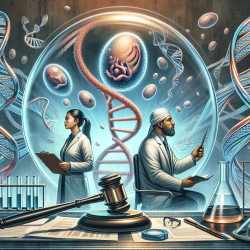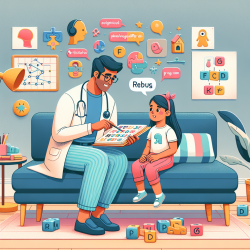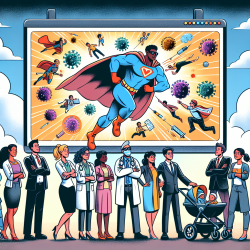Introduction
In the realm of assisted reproductive technologies (ART), the ethical, legal, and emotional complexities surrounding the transfer of embryos with known genetic anomalies present a unique challenge for practitioners. The research article titled "A Clash at the Petri Dish: Transferring Embryos with Known Genetic Anomalies" by Judith Daar offers a comprehensive exploration of these challenges, providing valuable insights for practitioners looking to enhance their skills and understanding in this field.
Understanding the Ethical Dilemma
The article delves into the ethical debates surrounding the transfer of embryos with genetic anomalies, emphasizing the tension between patient autonomy and physician autonomy. On one hand, patients have the right to make informed decisions about their reproductive futures, including the desire to transfer embryos that may result in a child with health challenges. On the other hand, physicians must balance their professional conscience and the ethical principle of non-maleficence—"do no harm"—when considering such requests.
Legal and Policy Implications
Legal compliance is a crucial aspect of ART practice, and Daar's article highlights the importance of developing clear policies regarding the transfer of anomalous embryos. Practitioners are encouraged to create detailed guidelines that respect both patient autonomy and physician discretion, ensuring that decisions are made transparently and ethically. This approach not only protects the clinic from potential legal liability but also fosters trust and understanding between patients and providers.
Improving Practitioner Skills
Practitioners can enhance their skills by actively engaging with the arguments presented in the article. By understanding the nuances of patient autonomy, provider autonomy, and the ethical principles involved, practitioners can better navigate complex clinical scenarios. Furthermore, staying informed about advancements in genetic testing technologies and the implications of mosaicism can aid in making more informed decisions regarding embryo transfer.
Encouraging Further Research
The article serves as a call to action for practitioners to engage in further research and dialogue about the ethical, legal, and clinical aspects of transferring embryos with genetic anomalies. By participating in conferences, webinars, and networking opportunities, practitioners can stay abreast of the latest developments and contribute to the evolving discourse in this critical area of reproductive medicine.
Conclusion
As the field of ART continues to evolve, practitioners must be equipped with the knowledge and skills to address the ethical and legal challenges associated with transferring embryos with known genetic anomalies. By implementing the insights from Judith Daar's research, practitioners can enhance their practice, ensure legal compliance, and ultimately provide compassionate and informed care to their patients.
To read the original research paper, please follow this link: A clash at the petri dish: transferring embryos with known genetic anomalies.










